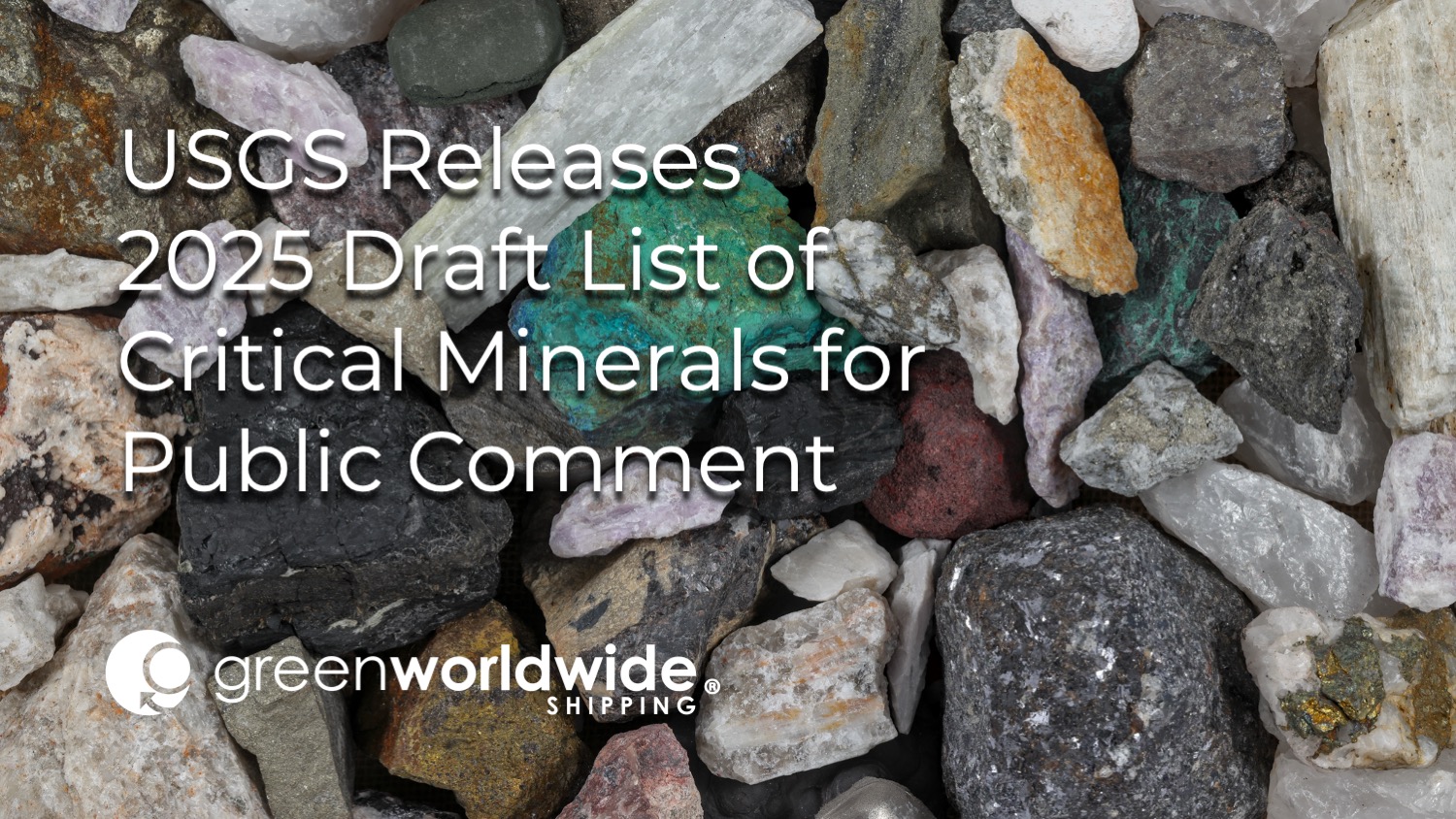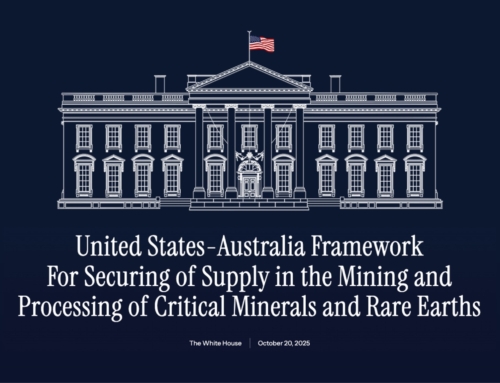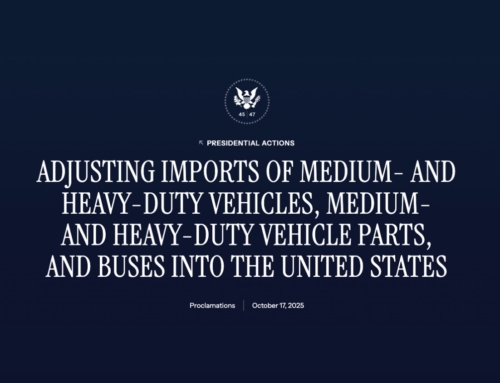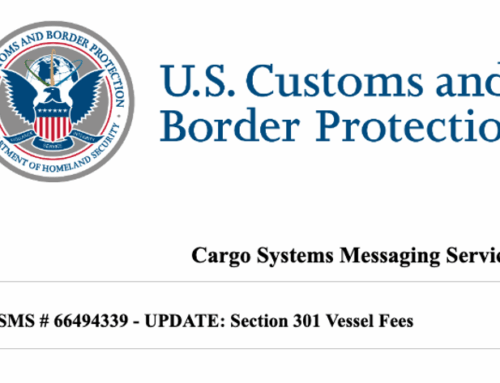The U.S. Geological Survey (USGS), under the Department of the Interior, released an unpublished draft of the 2025 List of Critical Minerals, opening a public comment period thirty days after it is officially published in the Federal Register. The list identifies 54 minerals considered essential to U.S. economic and national security, reflecting changing supply concerns and strategic priorities.
WHY DID USGS ISSUE A NEW DRAFT LIST OF CRITICAL MINERALS?
Section 7002 of the Energy Act of 2020 requires the Secretary of the Interior to update the List of Critical Minerals every three years. The 2025 draft includes an extensive analysis of supply chain risk, economic impact, and national security considerations. It builds on previous lists issued in 2018 and 2022 and responds to new executive directives, including evaluations of uranium and metallurgical coal for potential inclusion.
RELATED READING: NEW SECTION 232 PROBE INTO CRITICAL MINERALS AND DERIVATIVES IMPORTS
WHICH MINERALS ARE INCLUDED IN THE 2025 DRAFT LIST?
The draft list comprises 54 minerals, ranging from aluminum, cobalt, and graphite to rare earth elements like neodymium and dysprosium. Many are produced as byproducts of other mining operations, such as gallium from bauxite and zinc or indium from zinc. Each was assessed for its essential role in defense, energy, technology, and industrial applications, as well as vulnerability to foreign supply disruptions.
2025 USGS Critical Minerals List
| Mineral Commodity | Produced as Byproduct | Main Host Commodities |
| Aluminum | No | — |
| Antimony | Yes | Lead, gold, other base and precious metals |
| Barite | No | — |
| Beryllium | No | — |
| Bismuth | Yes | Lead, tungsten, copper, tin, molybdenum, fluorspar, zinc |
| Cerium | Yes | Other rare earths, iron ore, heavy mineral sands (titanium, zirconium) |
| Cesium | No | — |
| Chromium | No | — |
| Cobalt | Yes | Nickel, copper |
| Copper | No | — |
| Dysprosium | Yes | Other rare earths, iron ore, heavy mineral sands (titanium, zirconium) |
| Erbium | Yes | Other rare earths, iron ore, heavy mineral sands (titanium, zirconium) |
| Europium | Yes | Other rare earths, iron ore, heavy mineral sands (titanium, zirconium) |
| Fluorspar | No | — |
| Gadolinium | Yes | Other rare earths, iron ore, heavy mineral sands (titanium, zirconium) |
| Gallium | Yes | Bauxite and zinc |
| Germanium | Yes | Zinc and coal fly ash |
| Graphite (synthetic) | Yes | Needle coke (for synthetic graphite) |
| Hafnium | Yes | Zirconium |
| Holmium | Yes | Other rare earths, iron ore, heavy mineral sands (titanium, zirconium) |
| Indium | Yes | Zinc |
| Iridium | Yes | Platinum, nickel |
| Lanthanum | Yes | Other rare earths, iron ore, heavy mineral sands (titanium, zirconium) |
| Lead | No | — |
| Lithium | No | — |
| Lutetium | Yes | Other rare earths, iron ore, heavy mineral sands (titanium, zirconium) |
| Magnesium | No | — |
| Manganese | No | — |
| Neodymium | Yes | Other rare earths, iron ore, heavy mineral sands (titanium, zirconium) |
| Nickel | No | — |
| Niobium | No | — |
| Palladium | Yes | Nickel, platinum |
| Platinum | No | — |
| Potash | No | — |
| Praseodymium | Yes | Other rare earths, iron ore, heavy mineral sands (titanium, zirconium) |
| Rhenium | Yes | Molybdenum, copper |
| Rhodium | Yes | Nickel, platinum |
| Rubidium | Yes | Cesium, lithium |
| Ruthenium | Yes | Nickel, platinum |
| Samarium | Yes | Other rare earths, iron ore, heavy mineral sands (titanium, zirconium) |
| Scandium | Yes | Cobalt, nickel, titanium, zirconium |
| Silicon | No | — |
| Silver | Yes | Zinc, lead, copper, gold |
| Tantalum | No | — |
| Terbium | Yes | Other rare earths, iron ore, heavy mineral sands (titanium, zirconium) |
| Thulium | Yes | Other rare earths, iron ore, heavy mineral sands (titanium, zirconium) |
| Tin | No | — |
| Titanium | No | — |
| Tungsten | No | — |
| Vanadium | Yes | Steel slag from vanadiferous iron ore, spent catalysts |
| Ytterbium | Yes | Other rare earths, iron ore, heavy mineral sands (titanium, zirconium) |
| Yttrium | Yes | Other rare earths, iron ore, heavy mineral sands (titanium, zirconium) |
| Zinc | No | — |
| Zirconium | Yes | Titanium, tin |
WHAT CRITERIA DETERMINE A CRITICAL MINERAL?
The Energy Act defines a critical mineral as one essential to the U.S. economy or national security, with a supply chain vulnerable to disruption, and without which the absence would have significant consequences. Excluded are fuel minerals, water, and common materials like sand and gravel. The USGS uses a peer-reviewed methodology that includes economic impact modeling, risk assessment, and host-byproduct analysis.
HOW DOES THIS IMPACT U.S. IMPORTERS AND MANUFACTURERS?
Importers and manufacturers that rely on critical minerals, particularly for aerospace, defense, electronics, and energy infrastructure, should review the draft list for exposure risks. Some materials, such as gallium, germanium, and rare earth magnets, face tightening export controls abroad, highlighting potential supply disruptions. Companies should monitor public comment deadlines, assess eligibility for exemptions, and consider diversifying or reshoring supply where feasible.
WHAT ARE THE NEXT STEPS IN THE 2025 CRITICAL MINERALS REVIEW?
The USGS will accept written comments for 30 days after publication. Feedback may address the inclusion of specific minerals, the potential addition of uranium and metallurgical coal, or a move to more frequent updates. The final list may revise or expand the draft based on technical input and public comment. Submissions are accepted online through regulations.gov or by mail.
Stay up-to-date on freight news with Green’s Weekly Freight Market Update by following us on LinkedIn. For continuous updates, make sure to check out our website at greenworldwide.com.






